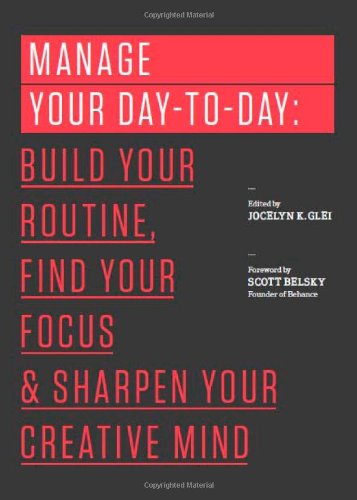
Why did I choose this resource?
I find that I am constantly pulled into completing lower-level tasks. This leaves me with minimal time to focus on higher value-add projects and strategy development. The impact is that I am less effective and less focused as a manager and executive.
What did I learn from it?
I appreciated the gems that Vanessa Chase identified in her summary of the book, and have used the same with my own interpretation.
Perspective first. Change second.
Knowing what you need helps you to organize your time around those priorities.
Step 1: Corral the chaos
Understand what you really need in order to be creative and work effectively
Step 2: Schedule time on calendar
Set specific DND times for your important activities
Example: create blocks of time for:
- coding
- research & development
- blogging
Create a Routine.
We have embraced chaos by constantly responding to urgent demands. Technology has contributed to this by creating an “always on – always available” environment.
Creating a routine will help protect your time, your creativity and your productivity, by:
- Setting expectations about your availability to others
- Aligning your workflow with your energy levels
- are you a better worker early in the morning, or later in the evening?
- get your mind into regular rhythm of creating
We must be commanders of our own schedules.
Creating a schedule actually breeds productivity and creativity. Your mind and body anticipate that time and, when it comes, are ready to execute on the planned activity.
To control your schedule:
- Set a block of creative time in your schedule
- Set it as Do Not Disturb (DND) and turn off electronic devices / internet
The goal is to find Balance between Mindful (creative) work and Mindless (tasks) work
Technology Could be the Enemy.
Increased information has led to decreased attention. Attention has become a valuable commodity that is in short supply. While technology has been a great boon to our ability to organize and plan, it also undermines our effectiveness because it demands our attention immediately. Notifications don’t care if they are interrupting us or not. The cost of leaving instant notifications on is that our ability to stay focused or single task is constantly undermined.
How do I manage this?
The book offers several strategies to manage technology. One way is to always use out of office responder to inform people when you will check email during the day. Then, turn off notifications during specific periods during the day, create DND time and stick to it! Additionally, the book suggests taking a holiday from technology to break yourself of the habit.
How am I using what I learned?
I have scheduled regular Do Not Disturb (DND) time to focus on my high-level priorities. I leave the office during that hour and turn off notifications and internet. I specifically schedule time for my main areas of responsibility:
- Project Management Office – Tuesday
- Operations & Infrastructure – Wednesday
- Finance & Accounting – Thursday
How can our company use this information?
Everyone in our company should schedule regular DND time on their calendars for:
- Learning
- Planning / Getting things Done
Also, during daily work, everyone should schedule time when they turn off email, instant notifications, and the Internet for a period of time. This will allow them to focus on getting their tasks done without interruption.
Source
- Book: Manage Your Day-to-Day
- Author: Jocelyn Glei
- Summary: ActionableBooks.com
- DropBox: Anant\Research.Development\Books\Books.Audio

